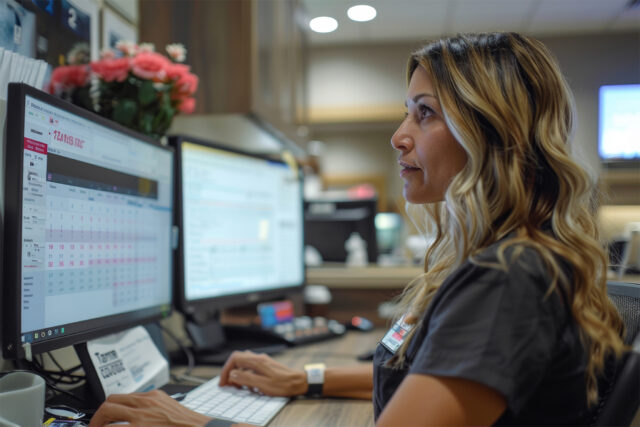A Quick Look at What Give-Aways Really Get You
For decades, anyone with something to promote turned to custom promotional products to inspire, remind, and spread the word. They’ve become a cultural touchstone and an integral part of most marketing budgets. Products used for this purpose can range from inexpensive chachkies like pens, ceramic mugs, candy, or golf balls up to higher-end promotional gifts such as clocks, jewelry, blankets, or computers. But as budget time rolls around, it’s wise to look at exactly what these items are doing for your business and whether it’s worth investing a bit more or more prudent to cut back on the items you give to your patients.
Recently, the Promotional Products Association International conducted a survey of people who had received promo items in a range of prices and categories, and they discovered a number of useful insights.
They looked at the types of items that had been used for promotional purposes, the costs associated with those items, the effectiveness of the items, the length of time items were kept or used, an understanding of why promotional items were given, and the perceived value of items.
Consumer Views on Promotional Items
By developing insight into consumer views on these items, it’s easier to determine which items may be of best use for your practice and help you budget for this kind of marketing more easily. In general, people who receive a promotionalgift appreciate the thoughtfulness of the gift regardless of the actual or perceived value. Even when the sole purpose of the item was to promote a business, recipients had a favorable reaction to the company that gave them the item.
Nearly half of respondents to the survey said that they were either somewhat more or significantly more receptive to a company and its message as a result of the promotional item. To be fair, the higher the value of the item, the more favorable the reaction, but even less expensive items garnered favorable responses.
Not surprisingly, the items most valued by recipients were those that were deemed to be most useful. Obviously, an unwanted promo product is a waste of your marketing dollars and does nothing to help you achieve your marketing goals. Among the list of most popular items as identified in the survey, respondents identified “goodies and food items” as the most popular item to receive. Granted, this may not be the best option for your practice, but it may spur ideas for alternatives to foam drinkware, keychains, and rubber coin purses.
Other preferred products included wearable items such as t-shirts, sweatshirts, hats, or jackets; items to collect or convey such as tote bags, notebooks, notepads, tumblers, umbrellas, or backpacks; items associated with computing such as mouse pads or flash drives, and items that relate to communication such as pens, gel pens, pencils, highlighters, and sticky notes. These examples provide a large range of pricing options as well as giving you diverse choices.
Creative and Seasonal Promotional Ideas
Clearly, there are many other choices for items that may be better suited to your healthcare practice (first aid kits, lip balms, hand sanitizers, water bottles, stress balls, eyeglass repair kits, travel or sample size items, etc.), but these preferred choices offer valuable insight into the views your patients have on these kinds of items. They give you an opportunity to be creative in your approach to this part of your marketing. Consider using different items at different times of the year.
For example, pens, pencils, sticky notes, or a drawstring book bag may be perfect for back-to-school, while insect-repellent wipes and a portable first-aid kit may be great for summer. A simple Google search for “promotional items” will give you an excellent overview of the wide range of options you have for promoting your practice. Many companies have creative folks on staff to help you brainstorm even more unique ideas and gift sets.
Be careful to stay within your practice marketing budget, though, because there are so many excellent products out there you may be tempted to get a little crazy. Ultimately, the idea behind using promotional products is to spread the word about your practice and to offer a small goodwill gift to those who’ve supported you. A little bit can go a long way.



